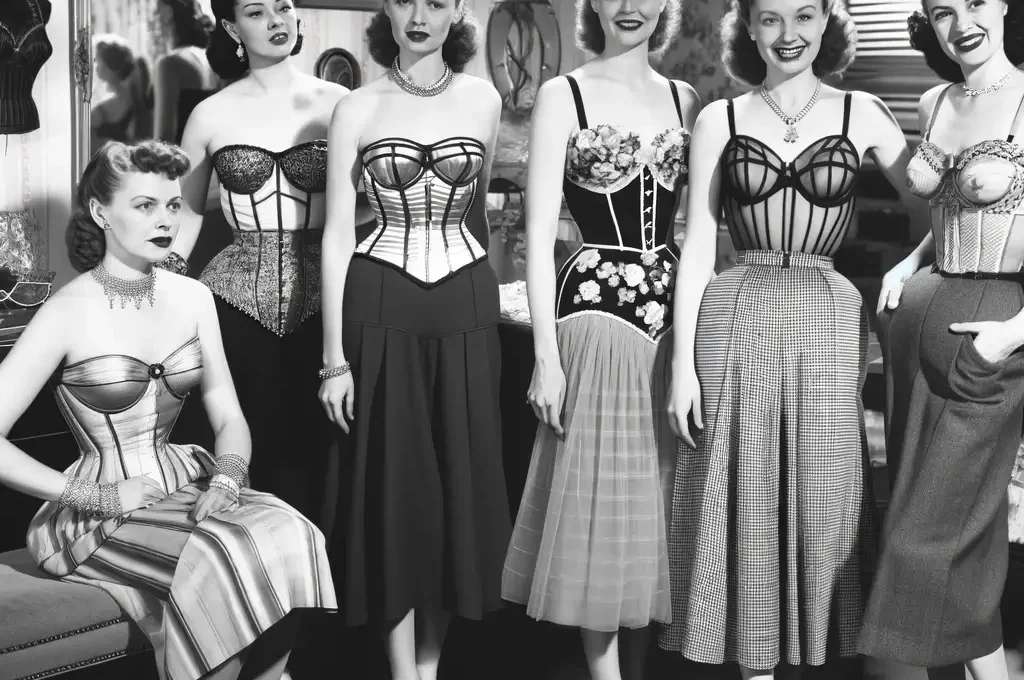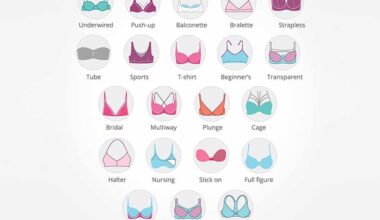Table of Contents Show
Lingerie, an essential yet often overlooked aspect of fashion, has undergone a fascinating transformation throughout history. From the restrictive corsets of the past to the comfortable and stylish options available today, lingerie has not only shaped women’s bodies but also their confidence and societal roles. In this article, we’ll explore the journey of lingerie from its early days to the modern era, highlighting key milestones and their impact on women’s lives.
The Beginnings: Ancient Underpinnings
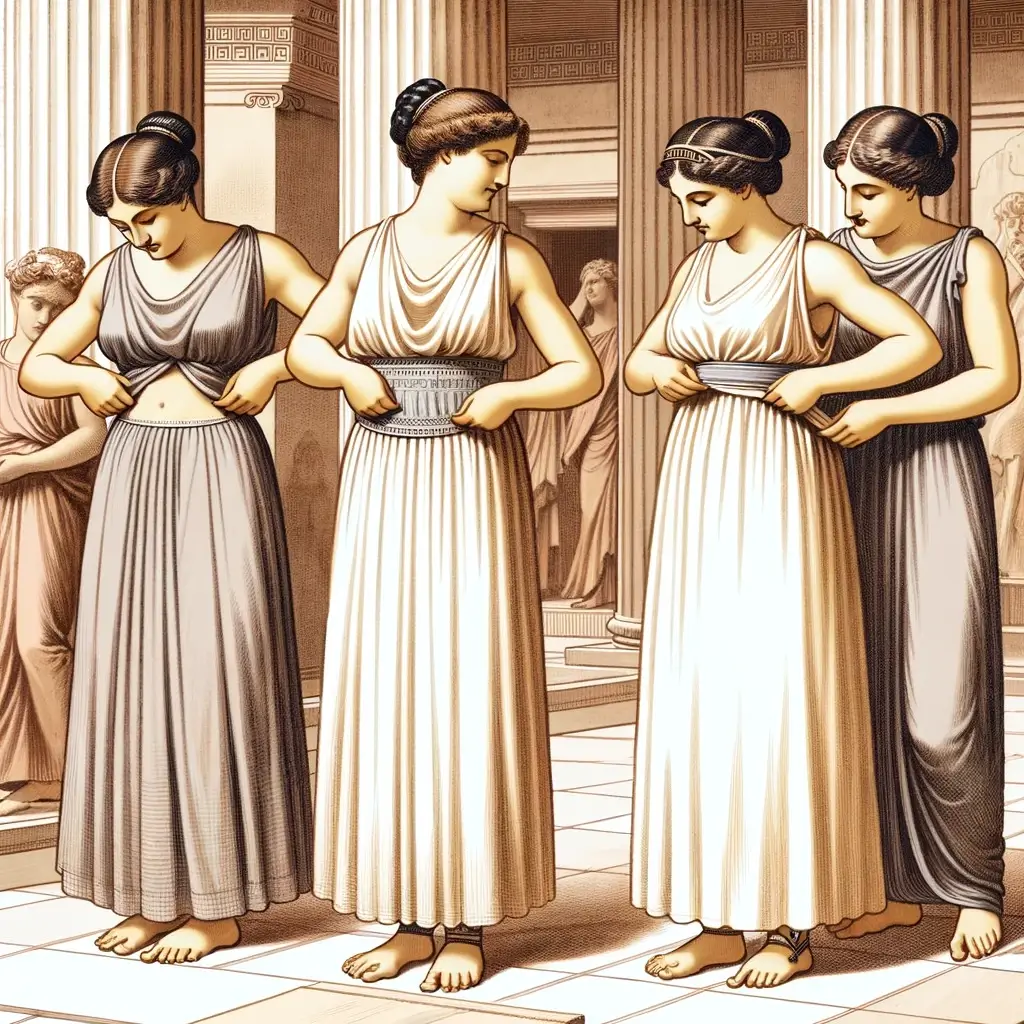
Lingerie has ancient roots, dating back to the civilizations of Greece and Rome. In these early times, women wore simple linen garments under their clothes. Greek women used apodesme to support their busts and zona to flatten their bellies, while Roman women wrapped their bodies in strophium and subligaculum. These early forms of lingerie were designed primarily for modesty and practicality, reflecting the societal norms of their time.
The Middle Ages: Modesty and Layers
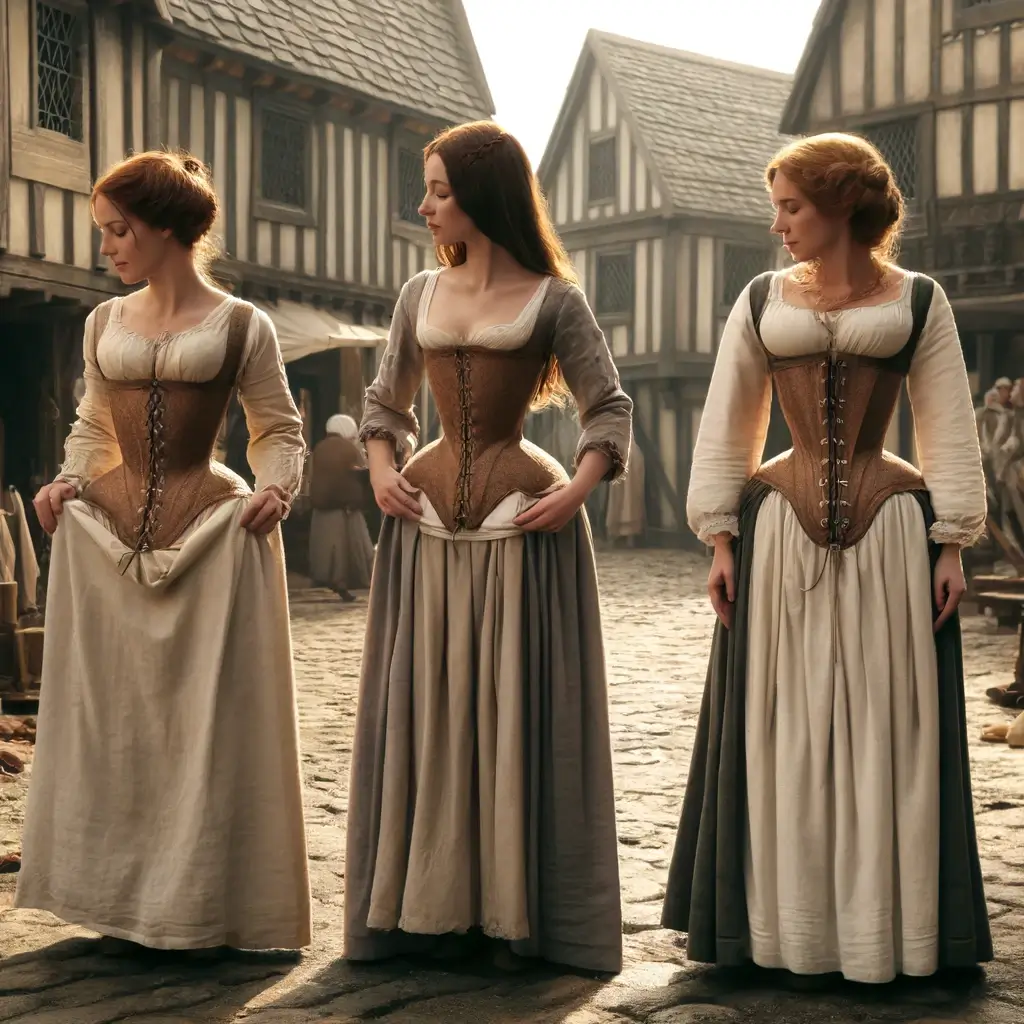
The Middle Ages saw the emergence of more structured undergarments. Women wore chemises under their dresses, which served as the precursor to modern-day slips. The focus was on modesty, with multiple layers of clothing to cover the body. Corsetry began to take shape, with stays and bodices designed to flatten the bust and emphasize the waist. These garments were often made from linen and other breathable fabrics, ensuring comfort despite their restrictive nature.
Renaissance and Enlightenment: The Rise of the Corset
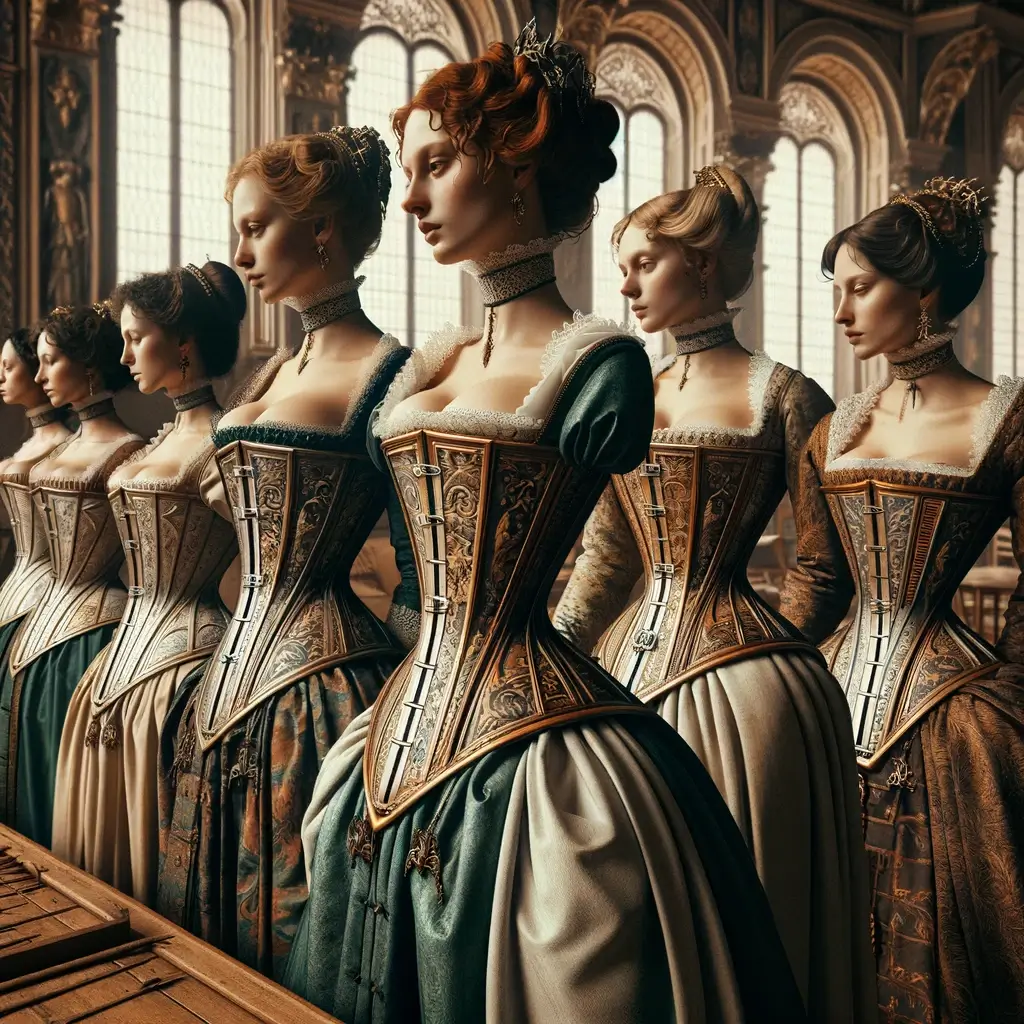
The Renaissance period marked a significant shift in lingerie design. The corset became a staple in women’s wardrobes, symbolizing both fashion and societal status. Made from materials such as whalebone, wood, and iron, corsets were designed to mold the body into the desired silhouette. They emphasized a small waist and an uplifted bust, creating an hourglass figure that was highly prized.
During the Enlightenment, the corset evolved further, with intricate designs and luxurious fabrics becoming popular. However, these garments were not without controversy. Critics argued that corsets were unhealthy and restrictive, leading to a growing movement advocating for more natural silhouettes.
The 19th Century: Victorian Elegance and Reform
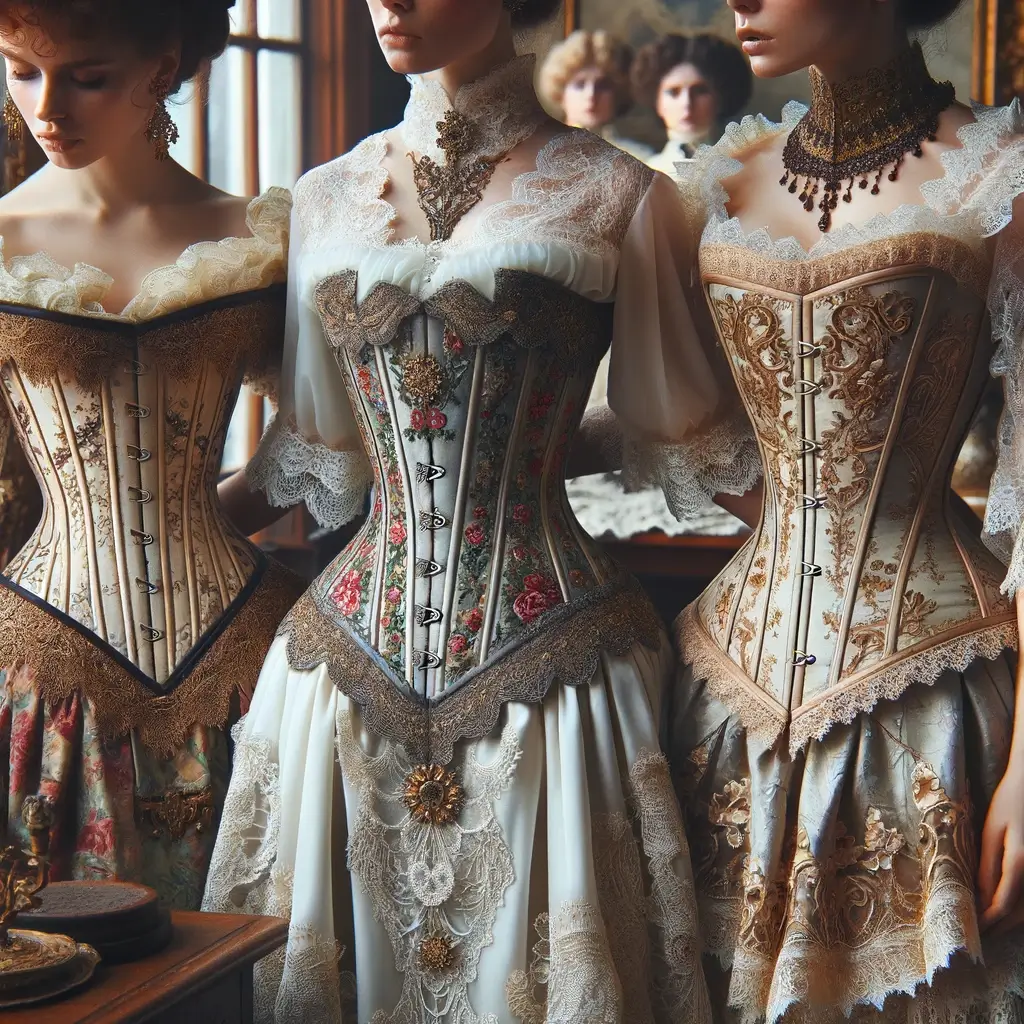
The Victorian era brought both elegance and reform to the world of lingerie. Corsets became even more elaborate, often adorned with lace and embroidery. They were a symbol of femininity and refinement, worn by women of all social classes. However, the discomfort and health concerns associated with tight-lacing led to the first significant calls for change.
In the late 19th century, the dress reform movement gained momentum, advocating for more practical and comfortable clothing. This period saw the introduction of the “health corset,” designed to provide support without the severe constriction of traditional designs. Despite these advancements, the corset remained a fashion mainstay until the early 20th century.
The Early 20th Century: Liberation and Innovation
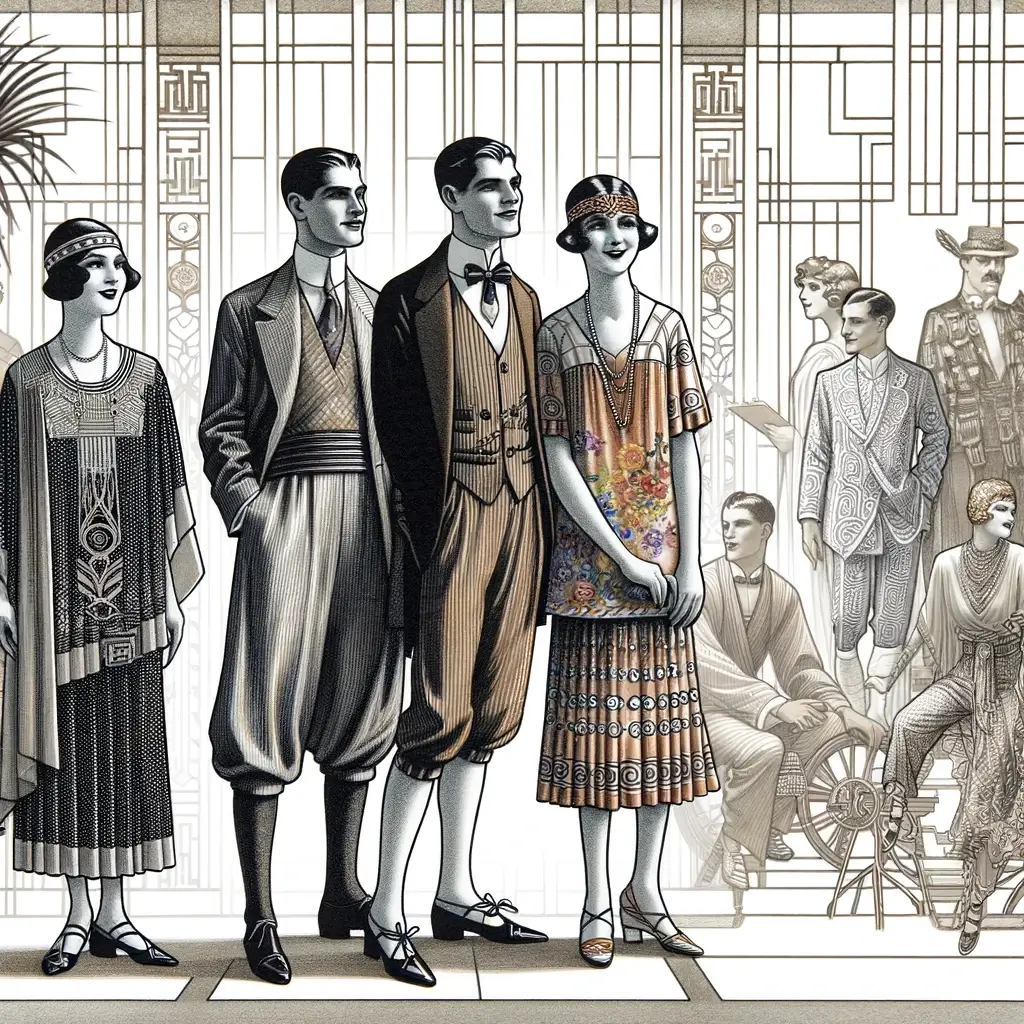
The dawn of the 20th century brought significant changes to women’s fashion and lingerie. World War I played a pivotal role in shifting societal norms, as women took on roles traditionally held by men. This shift necessitated more practical and comfortable clothing, leading to the decline of the corset.
In 1914, Mary Phelps Jacob patented the first modern bra, revolutionizing women’s undergarments. This new design offered support without the rigidity of corsets, marking a significant step towards comfort and freedom. The 1920s flapper era further popularized bras and girdles, reflecting the changing attitudes towards women’s bodies and fashion.
Mid-20th Century: The Golden Age of Lingerie
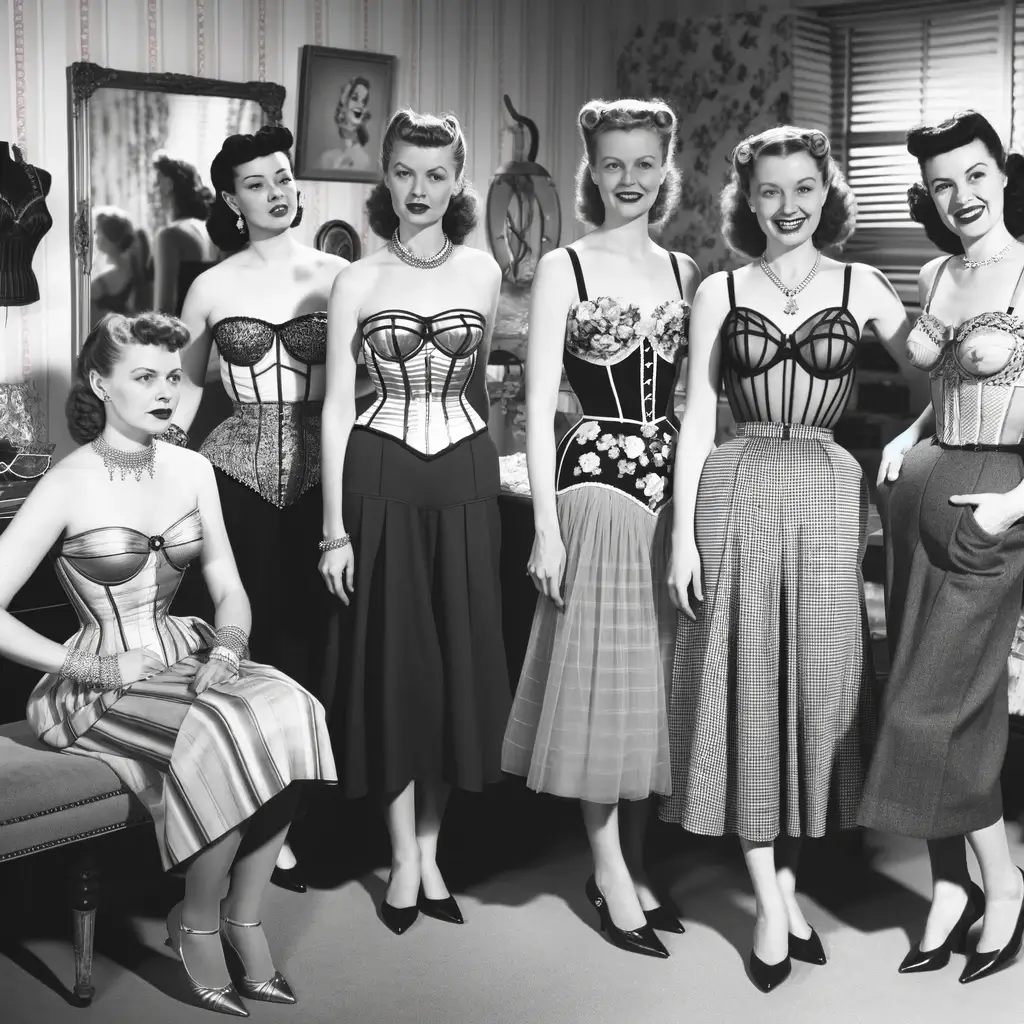
The mid-20th century is often considered the golden age of lingerie. The post-war period saw an explosion of creativity and innovation in lingerie design. Iconic brands like Victoria’s Secret emerged, bringing glamour and sensuality to everyday undergarments. The introduction of synthetic fabrics such as nylon and elastane allowed for more flexible and comfortable designs.
The 1950s and 60s emphasized femininity, with bullet bras and girdles creating a curvaceous silhouette. However, the feminist movement of the late 1960s and 70s challenged traditional notions of femininity and beauty, leading to a more natural and liberated approach to lingerie.
The Modern Era: Comfort and Inclusivity
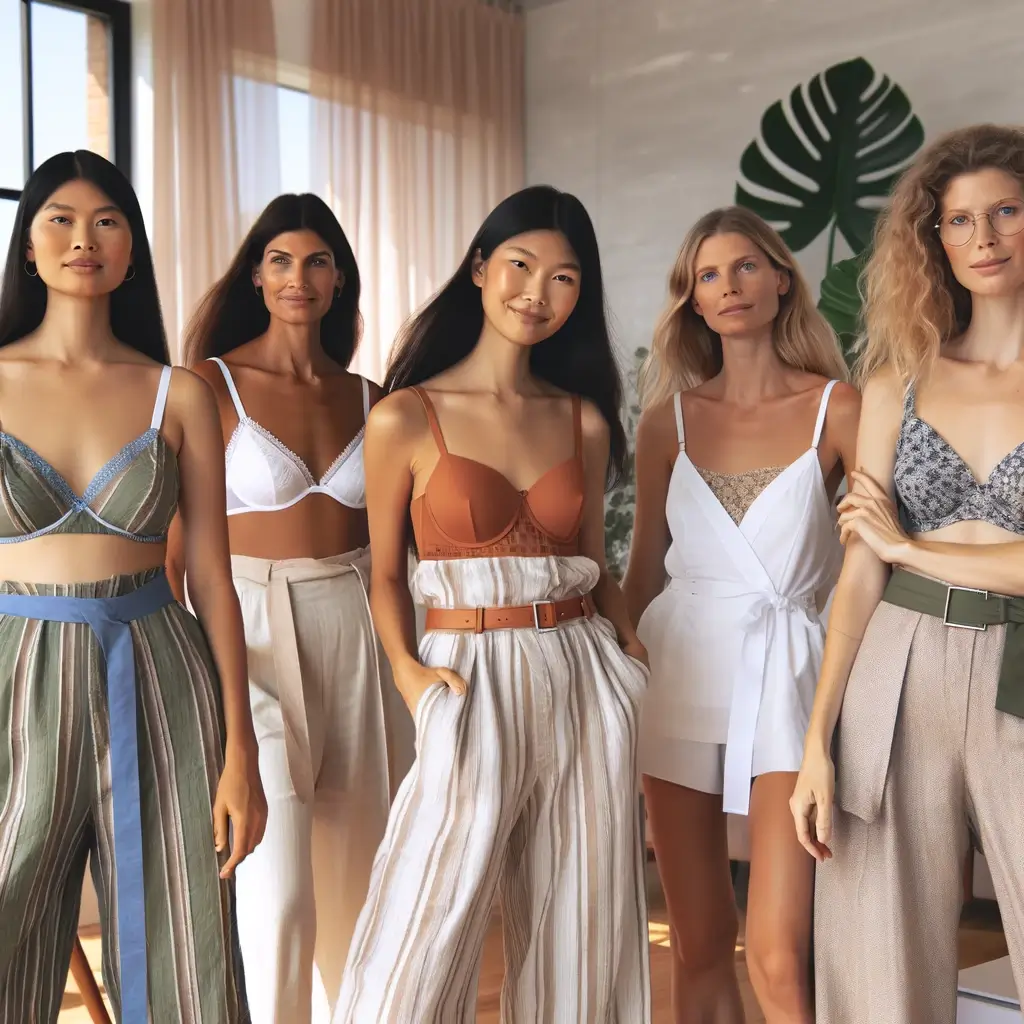
Today, lingerie is a celebration of diversity and inclusivity. The emphasis is on comfort, functionality, and personal expression. Brands like Aerie and Savage X Fenty have revolutionized the industry by offering a wide range of sizes, styles, and designs that cater to all body types and preferences.
Modern lingerie is designed with advanced fabrics and technologies, ensuring maximum comfort and support. From seamless bras to moisture-wicking materials, today’s lingerie combines practicality with style. Additionally, the rise of body positivity and self-love movements has shifted the focus from external validation to personal comfort and confidence.
Conclusion: A Journey of Transformation
The evolution of lingerie from restrictive corsets to comfortable and inclusive designs is a testament to the changing roles and perceptions of women in society. Lingerie has not only shaped women’s bodies but also their confidence and identity. As we continue to embrace diversity and innovation, the future of lingerie promises even greater advancements in comfort, style, and inclusivity.
Whether it’s the elegance of a lace bralette or the practicality of a sports bra, today’s lingerie reflects a journey of transformation and empowerment, allowing women to feel confident and comfortable in their own skin.
